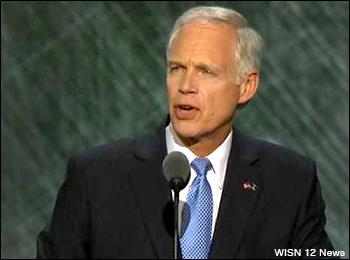By Jim Ellis
Thomas Nelson is the Outagamie County, Wisconsin, executive (Appleton area) and a former Wisconsin state assembly majority leader who is assessing his chances of challenging Sen. Ron Johnson (R) next year. For his part, Sen. Johnson has not indicated whether he will seek a third term. He has hinted both toward running again and keeping the pledge he made during his first campaign in 2010 to serve only two terms.
Nelson just released the results of an internal Change Research poll that posts him to a four-point 48-44 percent lead over Sen. Johnson. Looking back to the senator’s last election campaign (2016), trailing in a survey is nothing new. It was the repetitive data continually pegging him as trailing that led to the National Republican Senatorial Committee abandoning him as a lost cause until the late polls showed him rebounding with at least a chance to win.
In the end, Johnson defeated former Sen. Russ Feingold (D), 50-47 percent, in one of the most surprising results of campaign year 2016.
Wisconsin is likely the least accurately polled state during the past few elections. In the aforementioned Johnson-Feingold race, a total of 74 surveys were publicly released, and 70 of them showed Sen. Johnson trailing. In the same election year, 33 research studies were placed in the public domain for the presidential race and only the Trafalgar Group, just as the campaign was closing, correctly projected Donald Trump with an edge.
In 2020, a total of 70 presidential polls were released and 66 gave Joe Biden the lead. He did carry the state, but only by 20,682 votes translating into a 0.7 percent margin. The final 20 polls, all conducted after Oct. 1, found President Biden carrying a 7.0 percent average advantage, well beyond the polling margin of error in relation to the final result.
Therefore, with a consistent pattern of underestimating Republican strength, seeing Sen. Johnson trailing by only four points in the early stages of the 2022 campaign suggests his actual standing is likely much better.

